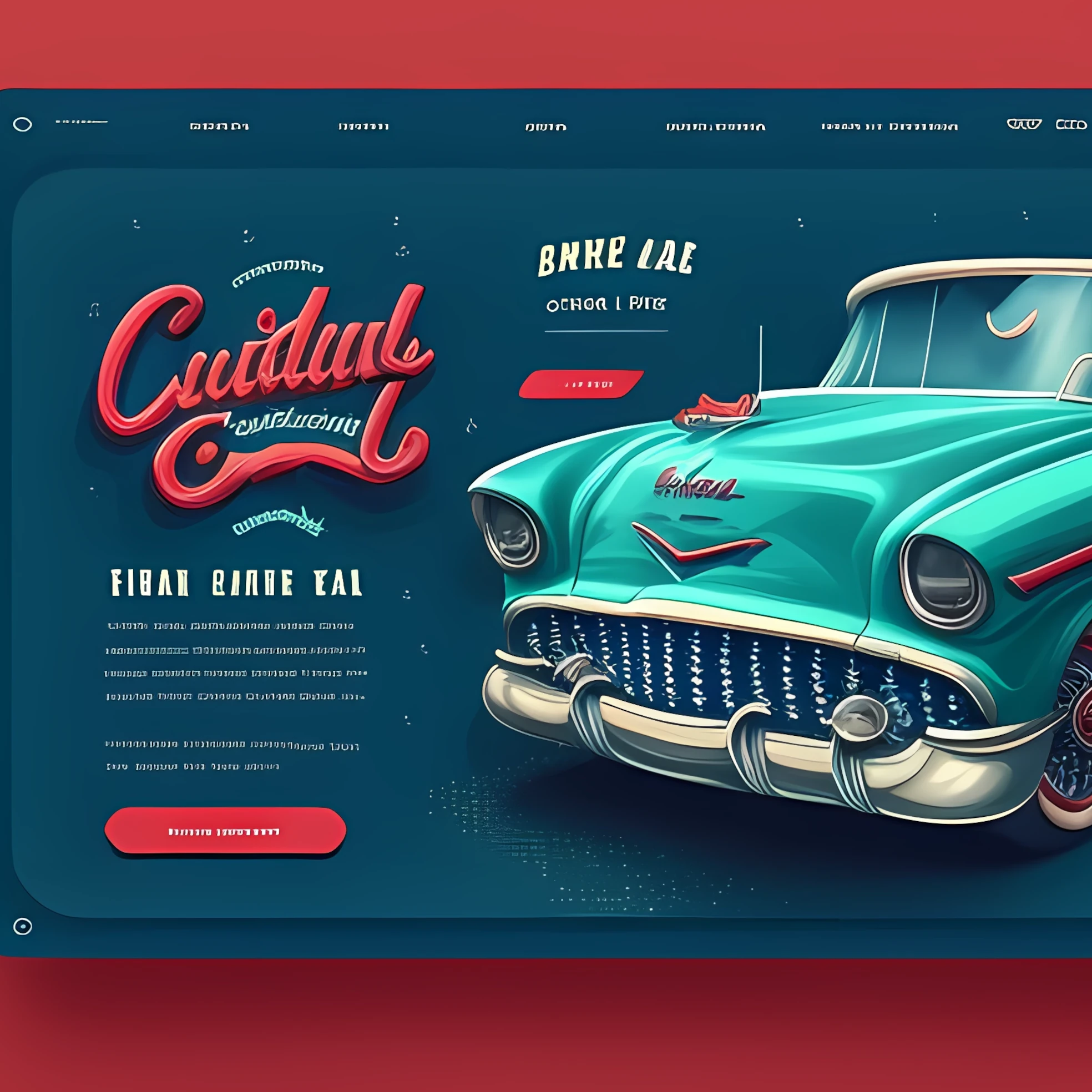Table of Contents
- Why Speed Matters:For Everyone
- The Amazon Rule
- Real-World Examples: Performance Translates to Profit
- Why Developers and SEOs Get It Wrong
- Core Web Vitals: What Every Developer & SEO Must Know
- 1. Largest Contentful Paint (LCP) – Loading
- 2. Cumulative Layout Shift (CLS) – Stability
- 3. First Input Delay (FID) – Interactivity
- SEO: Speed Is More Than Just Rankings
- Speed affects:
- Crawl Budget, Depth, Rate, and Timeout
- Crawl Budget
- Crawl Rate
- Crawl Depth
- Crawl Timeout
- Mobile First, Speed Always
- The Real Cost of Neglecting Speed
There was a time when slow websites were a nuisance.
Today, they’re a liability.
We live in an age where milliseconds matter. A user will abandon a site after three seconds. Google’s crawlers will skip pages if your server drags. Customers will bounce, rankings will drop, conversions will plummet—and the worst part? Most developers and SEOs either don’t know or don’t care.
As someone who used to think developers were just lazy, I’ve come to a different conclusion: many just don’t know how performance really works.
Designs are flashy. Themes are beautiful. Portfolios look impressive.
But underneath the surface?
- 45-second load times
- Unoptimized JavaScript
- Bloated images
- Third-party tools that break accessibility
- Pages that fail every Core Web Vitals test
And yet, the agency still claims: “Lightning-fast.”
The developer still says: “ADA compliant.”
That’s the digital equivalent of listing a car with leather seats and a heated steering wheel—when the vehicle doesn’t even start.
If you’re a web developer, designer, or SEO: it’s time to stop treating page speed like a nice-to-have. It’s a requirement.
Why Speed Matters:For Everyone
Here’s the truth: Speed is the foundation of everything online.
No matter your niche, your CMS, or your traffic source, page speed affects:
- Search engine rankings
- Bounce rates
- Conversion rates
- Revenue
- Crawl budgets
- User trust
- Mobile experience
- Accessibility
Still not convinced?
Let’s do the math.
The Amazon Rule
Amazon reported that every 100ms improvement in load time = 1% increase in revenue.
If your site currently loads in 23.6 seconds, and you optimize it down to 0.8 seconds, that’s a 22.8 second (or 22,800ms) improvement.
22,800 ÷ 100ms = 228
228 x 1% = 228% potential increase in sales
You could double your ad spend, or you could fix your speed and triple your results.
Real-World Examples: Performance Translates to Profit
- Koons.com cut load time from 26 seconds to 2.6 seconds.
Result? 800% increase in conversions in 3 weeks. 1,400% in 60 days.
No new ads. No new CRM. Just better speed. - Mobify: 1.11% increase in sales per 100ms improvement
- Walmart: 2% conversion lift for every 1 second shaved
- AutoJini: 1 second delay = 7% fewer conversions
- Google study: Every 0.1s improvement in load speed boosts conversions by 7%
These aren't outliers. They’re proof: Speed sells.
Why Developers and SEOs Get It Wrong
Too many developers hide behind WordPress themes and bloated plugins. Too many SEOs obsess over meta tags while ignoring Core Web Vitals. Why?
Because real performance tuning is hard.
- You can’t fake it with a plugin.
- You can’t solve it with a pretty layout.
- It takes technical skill, not surface-level design.
You must care about server response times, script execution, critical CSS, responsive images, lazy loading, compression, caching, and more.
Core Web Vitals: What Every Developer & SEO Must Know
To reinforce the importance of speed, Google introduced Core Web Vitals—metrics that measure real-world user experience.
1. Largest Contentful Paint (LCP) – Loading
- Measures how fast the largest visible element appears
- Goal: <2.5 seconds
- Poor: >4 seconds
A poor LCP means users feel like your site is "stuck." It's the digital equivalent of watching a spinning wheel instead of your content.
Fix it by:
- Optimizing images
- Preloading fonts
- Compressing media
- Reducing server response times
2. Cumulative Layout Shift (CLS) – Stability
- Measures how often elements jump around as the page loads
- Goal: <0.1
- Poor: >0.25
High CLS means buttons move as users try to click. On mobile, that’s deadly. It leads to misclicks, frustration, and abandonment.
Fix it by:
- Setting image/video dimensions
- Preloading fonts
- Avoiding injected elements without reserved space
3. First Input Delay (FID) – Interactivity
- Measures how long it takes the site to respond after a user clicks
- Goal: <100ms
- Poor: >300ms
If the user taps a button and nothing happens? They leave.
Fix it by:
- Minimizing JavaScript execution
- Deferring non-essential scripts
- Reducing third-party code
- Using code splitting and async loading
SEO: Speed Is More Than Just Rankings
Page speed and Core Web Vitals are ranking signals—but their impact goes deeper.
Speed affects:
- User engagement (low bounce rate, high session duration)
- Crawl budget and crawl depth
- Indexation of new content
- Mobile-first indexing
- Conversion funnels and ROI
Search engines want to rank usable sites—not just keyword-optimized ones.
Crawl Budget, Depth, Rate, and Timeout
Google allocates a limited crawl budget to every site. The slower your site, the fewer pages get crawled and indexed.
Crawl Budget
The number of pages Google will crawl on your site during a given time frame.
Slow-loading pages eat into this budget and leave deep content invisible.
Crawl Rate
Googlebot slows down to avoid overloading slow servers.
If your site is sluggish, Google will hit it less often—delaying updates and indexing.
Crawl Depth
Slow sites may never get their deeper pages indexed.
That means new blog posts, product pages, or updates stay invisible—regardless of how good the content is.
Crawl Timeout
If a page doesn't load quickly enough, Googlebot may abandon the crawl entirely.
Uncrawled pages = unranked pages.
Mobile First, Speed Always
Over 80% of users access the web through mobile devices, but most developers build and test on desktop.
With fiber internet and 21-inch monitors, you might think the site performs great.
But on 4G? With real-world latency? It collapses.
Slow mobile performance kills:
- Conversions
- Engagement
- Ad ROI
- Local SEO results
And when 3 out of 4 shoppers (for any product or service) are on mobile, you’re losing customers before the page even loads.
The Real Cost of Neglecting Speed
If a developer hands you a slow site and calls it “complete,” that’s misrepresentation.
If an SEO agency ignores Core Web Vitals and says, “We’ll boost your rankings,” that’s negligence.
Because here's what’s really at stake:
- Lost sales
- Wasted ad spend
- Poor UX
- Google penalties
- Legal risk (if claiming ADA compliance falsely)
You wouldn’t accept a slow car, broken air conditioning, or missing features from a product. Don’t accept them from a website either.
Frequently Asked Questions
Design is only useful after the page loads. A gorgeous layout doesn’t matter if no one sticks around to see it.
No theme alone can optimize everything. True performance comes from backend tuning, custom code, and server configurations.
Absolutely. Google uses mobile-first indexing, and 80%+ of traffic is mobile. Ignore mobile, lose users.
Use:
- Google PageSpeed Insights
- Lighthouse
- WebPageTest
- GTmetrix
- Chrome DevTools
- Core Web Vitals in Search Console
Plugins help, but they’re not magic. Speed requires eliminating bloat, optimizing assets, improving server response, and writing efficient code.
And Plugins add more code bloat!
Google recommends LCP under 2.5 seconds. Under 1 second is ideal for mobile. Under 100ms FID is best for interaction.



Comments
Log in to add a comment.